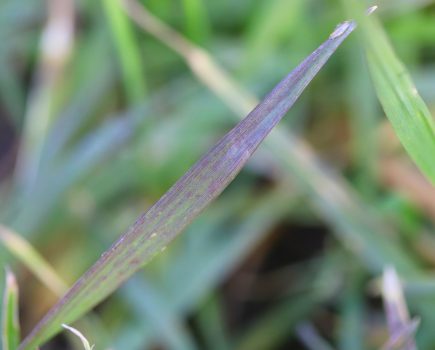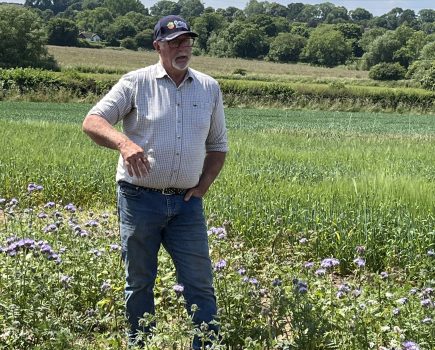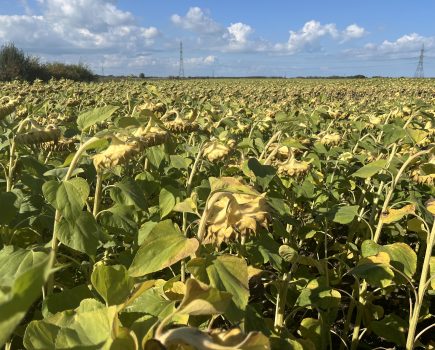This month’s feature comes from Howard Nason, director at Crop Advisors working in conjunction with Chichester Crop Consultants.
As we head into the spring, establishing Sustainable Farming Incentive (SFI) options, as with any other crop drilled on the farm, does require some attention to detail. Often there can be a temptation to rush the job or minimise the number of cultivation passes, particularly at busy times of year when SFI seed establishment coincides with spring or summer workloads.
The first point to remember is preparation of the seedbed. Low disturbance subsoilers are a good tool to break up any soil pans and create a suitable underlying soil structure for water filtration.
Generally there will be no herbicide options in the mixes being sown, so any pernicious weeds will need to be sprayed with glyphosate before drilling takes place. Minimising soil disturbance as best you can after this spray is crucial to avoid secondary flushes of weeds.
If overseeding into an existing crop, then weed control can be completed before this, but be aware that hormone and Sulfonylurea (SU) herbicides will have a residual effect in the soil. Flowers, legumes and herbs will be particularly sensitive to these residues. Always consult the label to make sure the gap between spraying and drilling is sufficient; this can be several weeks, or even months, so planning ahead is advisable.
A fine firm seedbed should be achieved to give the seed the optimum conditions to germinate quickly, which will in turn help to suppress any weeds by creating a competitive plant stand. Seed depth is a critical factor, particularly when sowing small seed species such as clovers, wild flowers and herbs. One of the main reasons for poor germination in these species is drilling too deep, with 5mm to 10mm plenty in most cases.
Once drilled, one key requirement will be to ensure grass or injurious weeds are prevented from setting seed. How this can be done will be determined by the individual scheme rules and management conditions. NUM3 legume fallow has been a popular option with many of our clients within the Crop Advisors buying group, being used as a rotational break crop. In order to have a clean break, blackgrass must be controlled by topping.
NUM2 legumes on improved grassland and SAM3 herbal leys have also been popular options. Where these options are being incorporated into existing grass swards, a good time for establishment is after the first cut, to avoid peak grass growth and hence the risk of shading out the newly sown seed.
With the SOH2/SOH3 multi-species spring/summer sown cover crops, although brassica species are suitable as they are fast to establish and good at mopping up mineralised nitrogen, avoid these if there is oilseed rape in the rotation.
The agronomists within Chichester Crop Consultants take an active role in advising and helping to manage the various SFI scheme options on farm. Sourcing the right mix is only part of the equation; it is the agronomic knowledge and management of these SFI actions that is required to create a successful outcome which gives environmental benefits while maintaining a profitable rotation.
For more like this, sign up for the FREE South East Farmer e-newsletter here and receive all the latest farming news, reviews and insight straight to your inbox.







